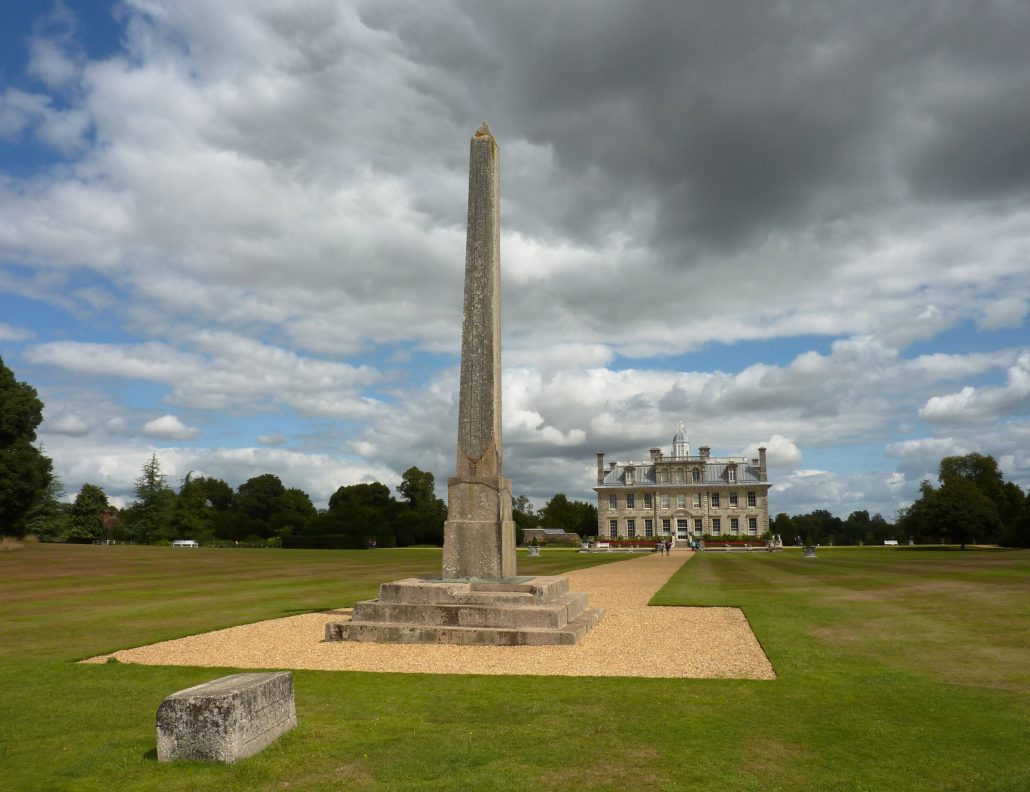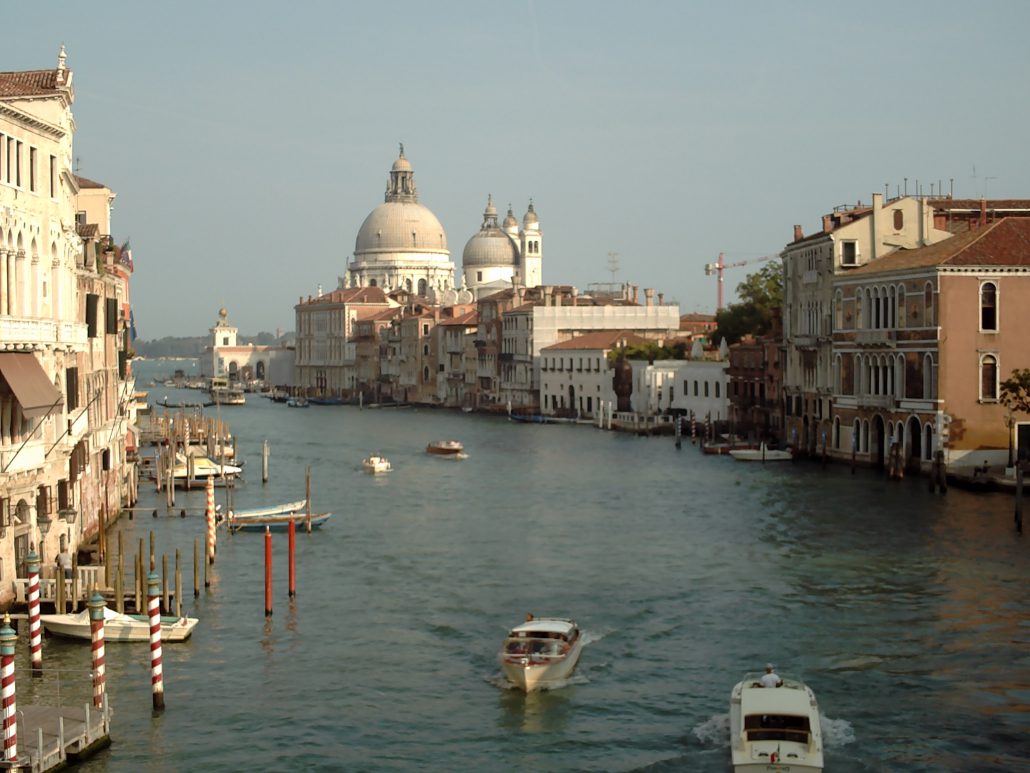Did the outlawed William Bankes ever see his Dorset palazzo?
On Tuesday 04 March at 2.30 p.m. at Gold Hill Museum John Hubbard will tell the story of William Bankes’s transformation of Kingston Lacy, despite being driven into exile by a draconian Victorian moral and legal code. John writes: Bankes was obliged to complete the enrichment of his major restyling of the family home from a great distance. His exile in Europe from 1841 to his death in Venice in 1855 did, however, give him access to craftsmen and materials of the highest order. Through a consideration of his methods of work and relationship with his sister Anne, this richly illustrated talk will explore his lifelong commitment to Kingston Lacy, to architect- ure and interior design and to the ideal country house. This talk is free to members of the Shaftesbury & District Historical Society, while seats should be available from 2.20p.m. to the public on payment of £5 at the door.
Before his personal crisis in 1841 Bankes enjoyed a privileged lifestyle. At Trinity College Cambridge he became a friend of the poet Byron and a rival for the affections of wealthy heiress Annabella Milbanke, who rebuffed Bankes and made a disastrous marriage with Byron in 1815. In 1811, fascinated by the speculation surrounding the building and lavish contents of William Beckford’s inaccessible Fonthill Abbey, Bankes disguised himself as a labourer and climbed the high perimeter wall. He even inspected Beckford’s dinner table (a profusion of gilt plate but only one knife and fork) before taking advantage of the workmen coming away to get out in the crowd at the gate. Bankes enjoyed a reputation in society as an amusing raconteur and this tale (see a similar story here) no doubt was gilded by repetition, but his political speeches were dull and uninspiring. He represented four different constituencies, some of which were in the pocket of local landowners, so he didn’t need to impress the (few, male) voters. His unfalteringly reactionary views (Anne Sebba: The Exiled Collector) set him against the tide of change on two great issues of the day, Catholic Emancipation and Parliamentary Reform.

Bankes noticed during his travels in Egypt and the Near East, 1815-19, that there were inscriptions on the Philae Obelisk in both Hieroglyphs and Ancient Greek, including the name of Cleopatra. The Rosetta Stone, found by the French in 1799 and seized by the British after Napoleon’s defeat in Egypt, was inscribed in three languages, giving scholars the chance to decipher the meaning of unknown hieroglyphic symbols by comparison with known languages. The Philae obelisk was the first imported into Britain, in December 1821, and carried to Kingston Lacy on a gun carriage provided by the Duke of Wellington, whom Bankes had served as an aide-de-camp in Spain. Bankes had acquired the finest collection of Egyptian antiquities held in any British country house, including a black basalt Roman head of Cleopatra’s lover Mark Antony.
By chance in Egypt Bankes had met the architect Charles Barry, who shared his enthusiasm for Italianate architecture. When Bankes inherited Kingston Lacy in 1835, he commissioned Barry to turn a brick-built Restoration mansion into a stone-clad Italian palazzo. Into this was to be inserted a 30 feet-wide Carrara marble staircase, together with a dormered attic. More than a hint of scandal now attached itself to Bankes, who had been acquitted on a charge of indecency in December 1833 largely as a result of character references from the likes of Wellington. But, writes Sebba, Bankes’s public career was irreparably damaged after the trial of 1833.
The circumstances in August 1841 of Bankes’s second arrest were altogether more incriminating. A dalliance with a guardsman in Green Park, witnessed by a policeman. A guilty verdict was almost certain; a sentence of death was not out of the question. Bankes’s own solicitor advised him to jump bail and flee the country. If he did so without protecting his assets, they would almost certainly be confiscated by the Crown, as Bankes would have rendered himself an outlaw. Bankes therefore transferred ownership of his properties to his brother George, before finally settling in Venice, a once-beautiful city now in decline. Mary Shelley, in 1842, commented that it was almost impossible to spend much money in Venice as even an apartment filled with antique furniture could be had for a modest cost … even at its best Venice was often cold, damp and smelly. (Sebba)

In December 1846 Bankes shipped to Dorset the first of about a dozen cargoes of art works, mainly copies created by Italian craftsmen from his meticulous drawings. These were accompanied by precise instructions as to how they should be assembled, and where they were to be installed. Increasingly Bankes relied on his sister Anne, the widowed Countess of Falmouth, to act as project manager in his absence, as George is but a poor judge in art and has but an indifferent eye.

William Bankes died in Venice in April 1855 and despite his outlaw status was returned to Dorset to be buried in the family vault at Wimborne Minster. The idea that he came back secretly in his lifetime, landing at Studland, to inspect the progress of his plans at Kingston Lacy is perhaps supported by the wording of some of his letters in 1854. Open therefore the two great cases (which you shewed me) containing blocks of purple and white marble … it appeared to my eye that the plaster cornice round the saloon …



